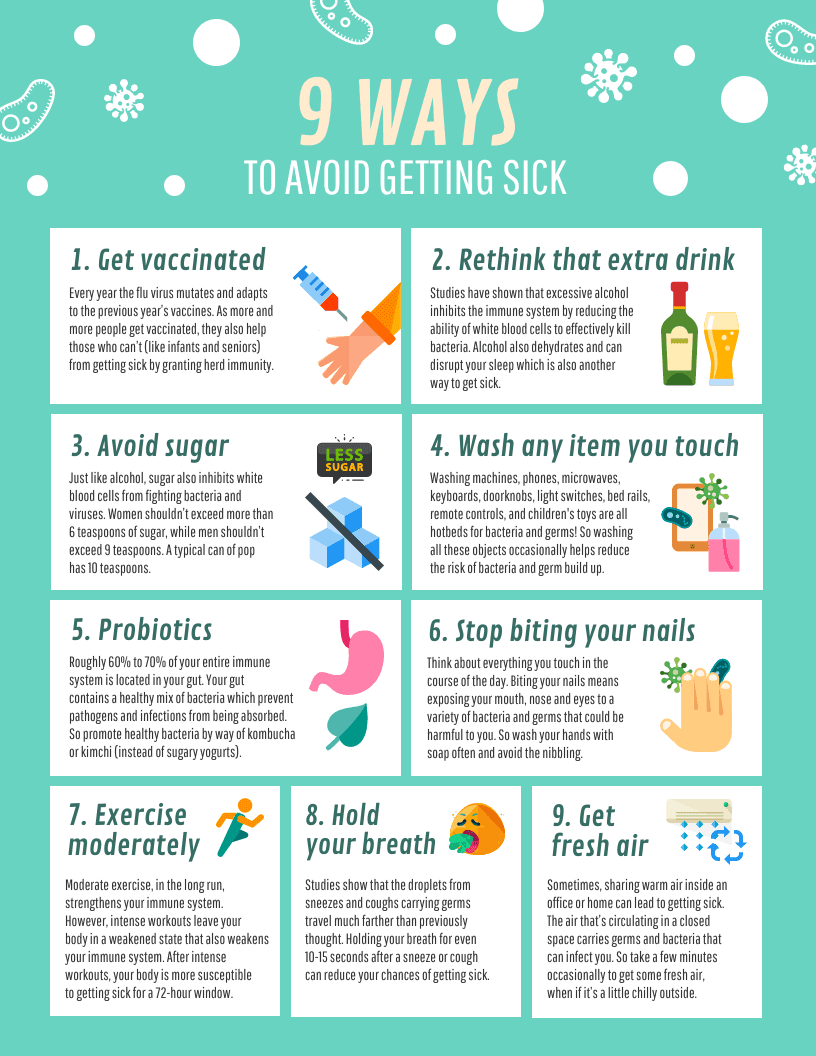Discomfort Signs From Stomach Hernia After Consuming: Why It Occurs And Just How To Handle It

Web Content Create By-Horton Peck
If you have actually experienced stomach hernia pain after consuming, you're not alone. Read Home Page develops from the stress on a weakened area of your stomach wall surface throughout food digestion. You could observe sharp or aching discomfort, bloating, and even a noticeable lump. However what can you do to manage these signs? Understanding the link in between hernias and post-meal pain is the initial step toward locating alleviation. Let's explore this better.
Understanding the Link In Between Hernias and Post-Meal Pain
When you eat, your body undergoes an intricate process of food digestion that can sometimes cause discomfort if you have a hernia. This takes place because a hernia happens when a body organ or tissue protrudes via a vulnerable point in the stomach wall surface.
As food actions through your digestive system system, it may put pressure on this damaged area. You might feel pain or pain, especially after taking in larger dishes or certain foods that cause bloating.
Furthermore, the motion of your intestinal tracts during food digestion can aggravate the hernia, leading to more extreme sensations. Comprehending this link is critical, as it helps you determine possible triggers and make nutritional changes to manage discomfort effectively.
Keeping track of what you consume can offer beneficial insights.
Common Signs of hernia Discomfort After Consuming
If you have a hernia, you may see certain symptoms after eating that signal pain. Generally, you might experience sharp or hurting pain in your abdominal area, particularly around the hernia site. This discomfort can heighten after dishes, particularly if you've consumed a big section or heavy foods.
Bloating and gas are also regular grievances, making you feel uncomfortably full. You may also notice a noticeable lump in your abdominal areas that becomes extra noticable post-eating.
Nausea and periodic throwing up can occur, especially if the hernia is creating an obstruction. If you find yourself experiencing these symptoms constantly after meals, it's vital to consult a medical care specialist for correct assessment and advice.
Methods for Handling hernia Discomfort After Dishes
To manage hernia pain after dishes properly, take into consideration making some nutritional and way of life modifications.
Start by consuming smaller sized, much more frequent dishes instead of huge portions, which can decrease stress on your abdomen. Concentrate on low-fat, high-fiber foods to relieve digestion. Prevent https://mgyb.co/s/lxrOJ , acidic, or fried foods that might activate discomfort.
On top of that, keep a healthy and balanced weight to minimize strain on your abdominal wall surface.
After consuming, attempt to stay upright for at the very least two hours to assist food digestion; this can help stop discomfort. Gentle activities like walking can likewise promote food digestion, but avoid extreme workout promptly after meals.
Remaining moisturized is vital-- beverage plenty of water throughout the day to sustain digestive system health and overall health.
Conclusion
To conclude, if you're experiencing stomach hernia pain after consuming, it's essential to recognize the connection between your diet regimen and your signs and symptoms. By embracing smaller sized, extra regular meals and avoiding trigger foods, you can dramatically lower discomfort. Remaining upright and interesting in light activity post-meal can also assist. Don't hesitate to speak with a health care specialist if your signs persist. Taking these steps can boost your comfort and enhance your total well-being.

